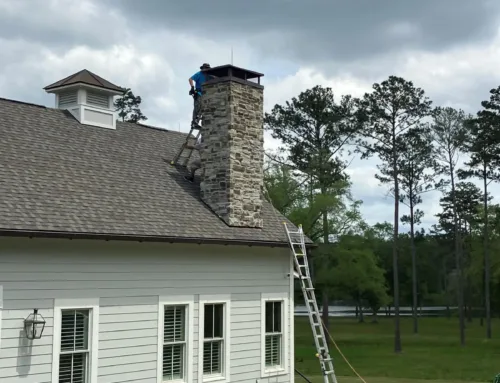Residential Lightning Rods Installed in Florida
Residential lightning rods, also known as lightning protection systems, are designed to protect homes and other structures from the destructive effects of lightning strikes. These systems typically include lightning rods (or air terminals), conductor cables, grounding rods, and surge protectors. Here’s how they work:
- Lightning Rods (Air Terminals): These are metal rods installed at the highest points of a building, such as the roof peaks or corners. Their purpose is to attract lightning strikes and provide a safe path for the electrical current to travel through.
- Conductor Cables: These are metal cables that connect the lightning rods to grounding rods and other conductive elements of the system. They help conduct the lightning’s energy away from the structure and into the ground.
- Grounding Rods: These are buried deep into the ground near the building. They provide a direct path for the lightning’s energy to dissipate harmlessly into the earth.
- Surge Protectors: In addition to the physical components, surge protectors are often installed in electrical systems to prevent damage from power surges caused by lightning strikes.
The goal of a residential lightning protection system is to intercept lightning strikes, conduct the electrical current safely away from the building, and disperse it harmlessly into the ground. This helps protect the structure, electrical systems, and occupants from the dangers of lightning, including fire, electrical damage, and personal injury.





